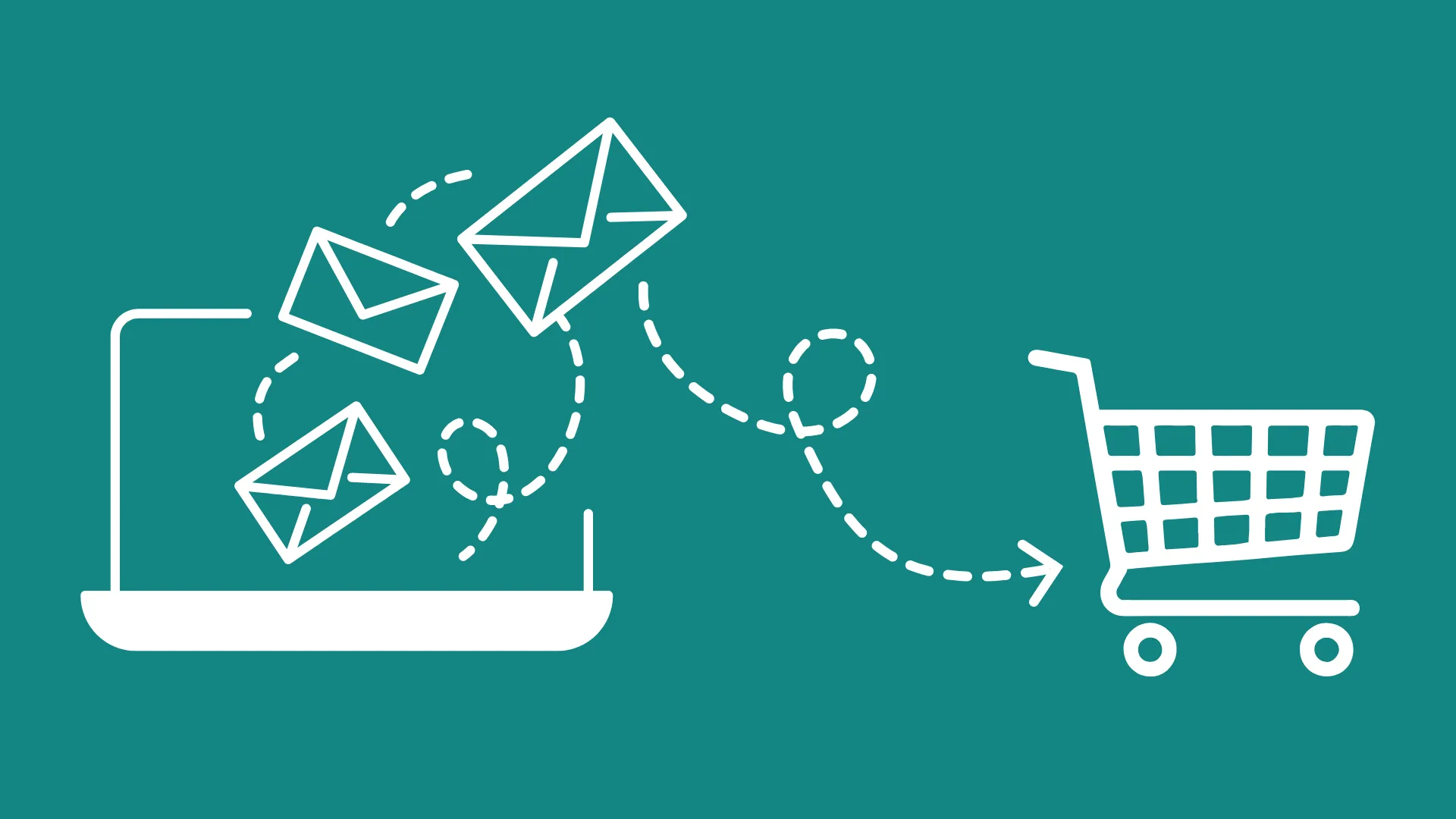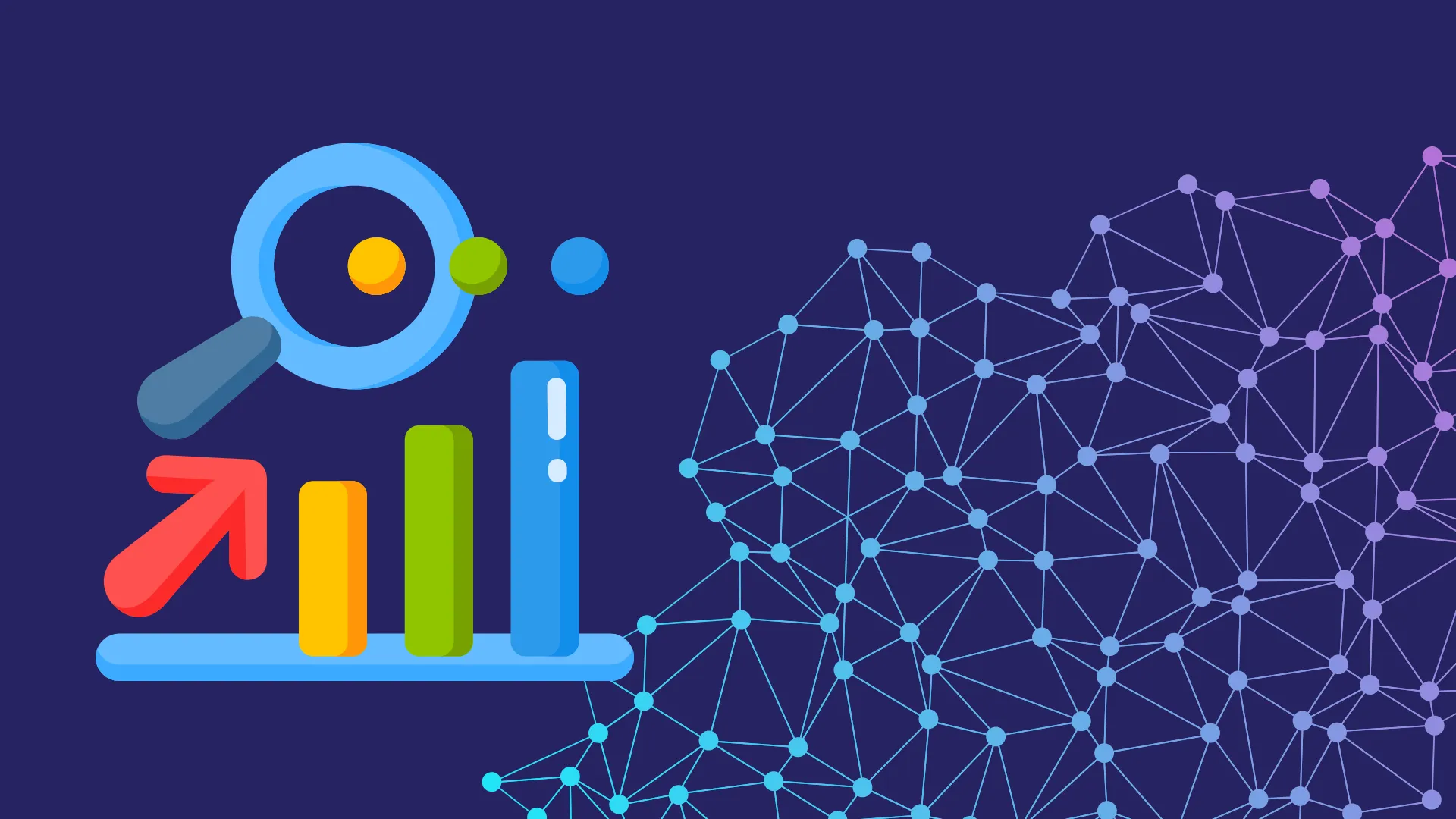Social Media Monitoring and Measurement
Social Media creates a mountain of data and mountains of possibilities, but without the proper strategy and technology in place to capture and react to this data a lot of opportunities can go to waste. It’s also important to understand and identify the difference between monitoring and measurement. Both of these functions are important, but they produce very different outputs and require vastly different investments.
Monitoring
Externally facing, Social Media Monitoring is the process of watching and monitoring a set of social networks for any activity that mentions your brand, product, service or any other words you may want to be alerted to. Monitoring involves watching activity for which you are NOT in control of, in places that you may not otherwise be aware of. It can produce amazing insights as well as opportunities for digital expansions that you would not normally be privy to. Regularly review and continuously executed social media monitoring can provide information that helps guide strategic business decisions – for example choices regarding where to invest your sales resources based on competitive geographic insights.
Measurement
Inward facing, looking only at the social assets that you own and have control over. Measurement is the process of watching and reporting on the success of all of your engagement across all mediums. It involves retrospectively capturing the metrics on posts and aggregating the data to form a statistical view over a period of time.
1. Monitoring
Monitoring technology allows you to access, refine, engage and report on any of the millions of pieces of content posted daily on the internet. Monitoring insights include:
- Brand name monitoring: a record of what’s being said about your brand on social media, blogs, online news, forums and other sources.
- Competitor activity: competitor brand name monitoring, campaigns, key personalities, sentiment, organisational chatter, new product campaigns and campaign effectiveness
- Industry trends: key areas of interest
- Reputation management: bad press, reporting, spam and slander identifying source, spread and reaction to an incident
- Customer insight
- Lead generation: brand name mentions that exhibit buying signals
2. Measurement and Reporting
Measurement allows you to keep track of the success of your social media marketing efforts. Knowing exactly what each post you publish is achieving, where your flaws are and where your opportunities for success are can give you great reach and improve the ROI of your campaigns dramatically.
Over time, a raft of social media metrics have been released and published making it nearly impossible to know exactly where you should be looking, what you should be tracking and what success actually looks like. If you measured everything you’d essentially spend all your time measuring!
Of the available metrics, there’s a few key ones for each platform that you should pay attention to. These include:
- Like growth/decline: Number and percentage of new likes gained and lost each month.
- Page impressions: The total number of times any Facebook user could have potentially seen any content associated with your page in their news feed or by visiting your page directly.
- Reach: The number of unique people who saw any content about a post, classified into average reach per post and total reach for the time period
- Engagements: The number of likes, comments, shares, wall posts or mentions that have occurred on your page.
- Follower growth: Number and percentage of new followers gained and lost each month.
- Engagements: Total number of times users interacted with this media. This is a sum of Likes and Comments.
- Most used hashtags: Lists the 10 hashtags you used the most on your media during the report period.
- Most engaged hashtags: Lists the 10 hashtags that drew the most engagements (Likes and Comments) during the report period.
- Follower growth: Number and percentage of new followers gained and lost each month.
- Impressions: How many times your updates were seen, both organically and through paid campaigns on a daily basis.
- Engagement: How many times members clicked, liked, commented on and shared your content in both organic and paid campaigns.
- Follower demographics: A breakdown of who’s following your company using 5 types of demographic data – seniority, industry, company size, function and employee status.
- Follower growth: The total (gross) number of new Twitter followers.
- Mentions: The number of times another Twitter user has mentioned you in a tweet.
- Clicks: Number of times users clicked on URLs in your Tweets. This data comes from Twitter.
- Retweets: The number of times you were retweeted, ie. another Twitter user shared your content.

Once upon a time, Black Friday was a single weekend event that followed Thanksgiving in the U.S. It's basically their version of Boxing Day sales but with [...]

People are opening your emails. They’re clicking your links. But… they still haven’t converted. You're first reaction is probably, "My emails aren't working." But that's not actually [...]

We’ve entered a new era of marketing - one where your content is no longer just read by people. It’s interpreted by AI. From Google’s Search Generative [...]

For months, we’ve all been wondering what the future holds for Google Ads with AI Overviews and the new AI Mode changing the way people interact with [...]

It’s not your imagination - social media feels a little quieter these days. Posts that once racked up likes, comments and shares are now met with a [...]

Something has shifted online this year, and if you work in marketing, you’ve felt it. Feeds feel noisier, yet somehow emptier. Search results loop endlessly. Trends peak [...]

Engaging with your audience may be more powerful than most social media teams realise. A new data study from Buffer has revealed that responding to comments on social [...]

Once upon a time, Black Friday was a single weekend event that followed Thanksgiving in the U.S. It's basically their version of Boxing Day sales but with [...]

People are opening your emails. They’re clicking your links. But… they still haven’t converted. You're first reaction is probably, "My emails aren't working." But that's not actually [...]

We’ve entered a new era of marketing - one where your content is no longer just read by people. It’s interpreted by AI. From Google’s Search Generative [...]

For months, we’ve all been wondering what the future holds for Google Ads with AI Overviews and the new AI Mode changing the way people interact with [...]

It’s not your imagination - social media feels a little quieter these days. Posts that once racked up likes, comments and shares are now met with a [...]

Congratulations. You’ve already beaten the odds. On average, 8 out of 10 people will read the headline of a piece of content - but only 2 out [...]

AI tools like ChatGPT, Google Gemini and Perplexity are quickly becoming part of how people discover websites. Instead of searching Google directly, users are asking AI tools [...]

We often hear that attention spans are decreasing, particularly among Gen Z. Social media platforms like TikTok and Instagram are often blamed, with headlines suggesting that endless [...]

